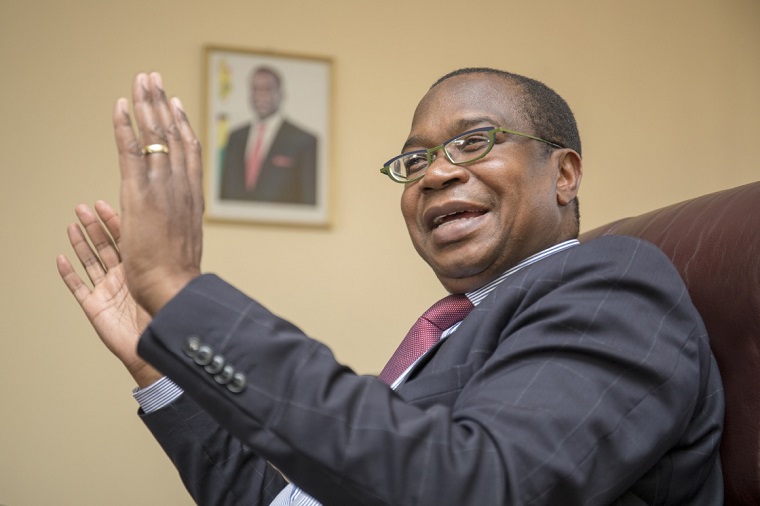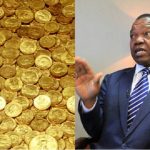According to the World Bank classification, which was adjusted as of 1 July 2022, countries are divided into four income groups: low income, lower-middle-income, upper-middle-middle income and higher income.
 Zimbabwe is therefore at the bottom end of the lower-middle-income income group and needs to see its income rise at least four time to move up. But then the brackets are reviewed every year as the US itself continues to decline.
Zimbabwe is therefore at the bottom end of the lower-middle-income income group and needs to see its income rise at least four time to move up. But then the brackets are reviewed every year as the US itself continues to decline.
The United States dollar, for example, has lost more than 250% of its purchasing power since 1980. One US dollar of 1980 today purchases goods worth US$3.55.
But even if one uses inflation Zimbabwe under Ian Smith could never be better. Perhaps the best year would be 1981.
Development economists, however, criticize GDP/GNI because it looks at total wealth and not the spread of the wealth. Right now half the world’s population only owns 2% of its wealth.
Put simply, if Zimbabwe had two people, Strive Masyiwa and myself, you add our wealth (US$1.9 billion and US$500) and divide by two and you say this is what each one of us owns.
But some of Mthuli Ncube’s critics are reading the figures wrong. One asked: “Why do you have to blame him, these are World Bank statistics. Probably we need to be educated better to understand these figures, mean while Zambia is doing better.”
According to the figures, Zambia is not doing better. It dropped from a lower-middle-income country to a low income country.
(242 VIEWS)



